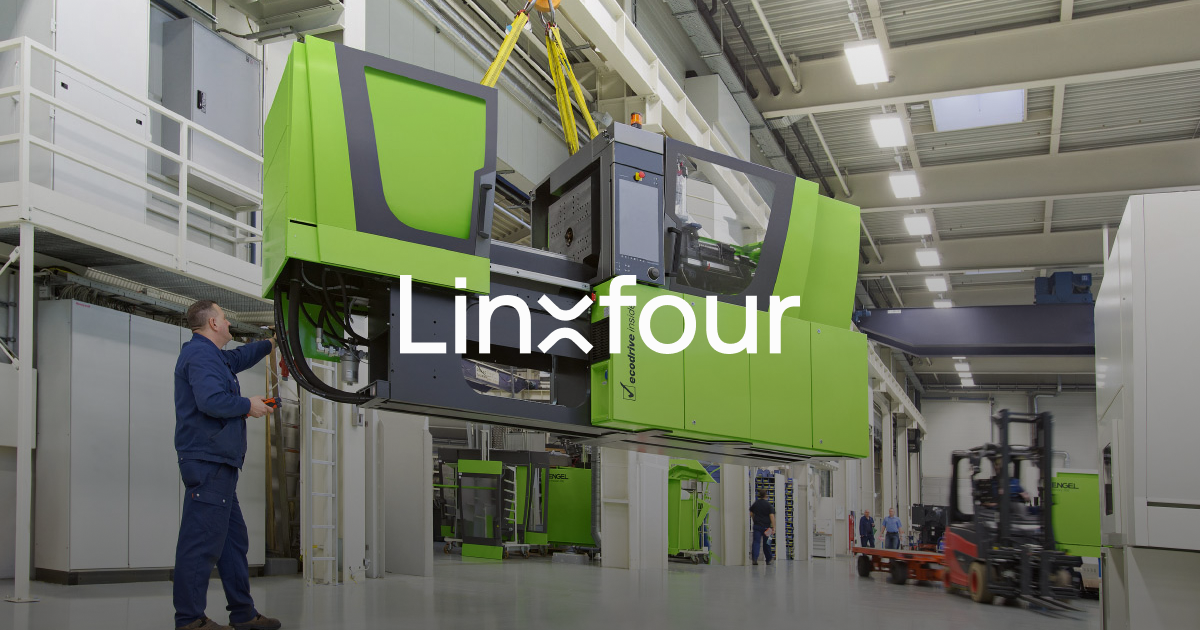In the dynamic landscape of manufacturing finance, the idea of Pay-per-Use Equipment Finance is emerging as revolutionary force, altering conventional models and offering unprecedented flexibility to companies. Linxfour is in the forefront, harnessing Industrial IoT, to bring about a new age of financing, which is beneficial for both equipment operators and the manufacturers. We explore the complexities of Pay-per-Use financing, its impact in difficult conditions and how it transforms financial practices by shifting from CAPEX into OPEX. This frees balance sheet treatment according to IFRS16. For more information, click IFRS16
The Power of Pay-perUse Financing
In the end, Pay per Use financing for manufacturing equipment is a game changer. Instead of fixed, rigid payments, companies pay on the actual usage of their equipment. Linxfour’s Industrial IoT integrate ensures accurate usage tracking, providing transparency. It eliminates any costly penalties hidden in the event that equipment is not being used to its fullest. This groundbreaking approach increases flexibility in the management of cash flows and is especially important in times that see fluctuating demand from customers and low revenue.
Impact on Sales and Business Conditions
There is a general consensus that Pay per use financing has great potential. Even in tough economic times 94% of respondents believe that this method is a smart option to boost sales. Aligning costs with equipment usage is attractive to businesses that seek to make the most of their investment. It also allows manufacturers to offer attractive financing options to customers.
Accounting Transformation: From CAPEX to OPEX
Accounting is one of the major difference between traditional lease and pay-per-use financing. With Pay per Use, companies undergo a major change by shifting their focus from capital expenses (CAPEX) to operating costs (OPEX). This shift has a major impact on the financial reporting. It allows for an improved picture of the costs that are associated with revenue.
Unlocking Off-Balance Sheet Treatment under IFRS16
Pay-per-Use finance has an distinct advantage since it is treated off balance sheet. This is a crucial aspect to consider when implementing the International Financial Reporting Standard 16 IFRS16. Businesses can get rid of these obligations by converting the costs of financing equipment. This is not just a way to reduce the financial leverage, but also reduces barriers to investment which makes it a desirable option for businesses looking to create a more agile financial structure.
If there is a problem with under-utilization, KPIs can be improved and TCO raised.
Pay-per-Use models is, in addition to being off-balance sheet, contributes to improving key performance indicators, such as free cash flow and Total cost of ownership (TCO) particularly in cases of under-utilization. Traditional leasing models often pose issues when equipment fails to meet the expected rates of utilization. Pay-per use allows companies to avoid the obligation of paying fixed fees for assets that aren’t being utilized. This helps improve overall performance as well as financial performance.
Manufacturing Finance to come in the near future
As businesses continue to navigate the complexities of a fast-changing economy, new financial models such as Pay-per-Use are helping to pave the way to an increasingly resilient and flexible future. Linxfour’s Industrial IoT approach benefits not just manufacturers and operators of equipment, but also aligns itself with the trends of businesses that are looking for sustainable and flexible financing solutions.
Therefore, Pay-per use and the accounting change to CAPEX (capital expense) to OPEX (operating expenses) as well as the off-balance sheet method of IFRS16 are a major improvement in the financing of manufacturing. In a world of manufacturing which is constantly changing companies are seeking ways to increase their financial flexibility, efficiency, and KPIs. This revolutionary financing model could help them meet these objectives.


